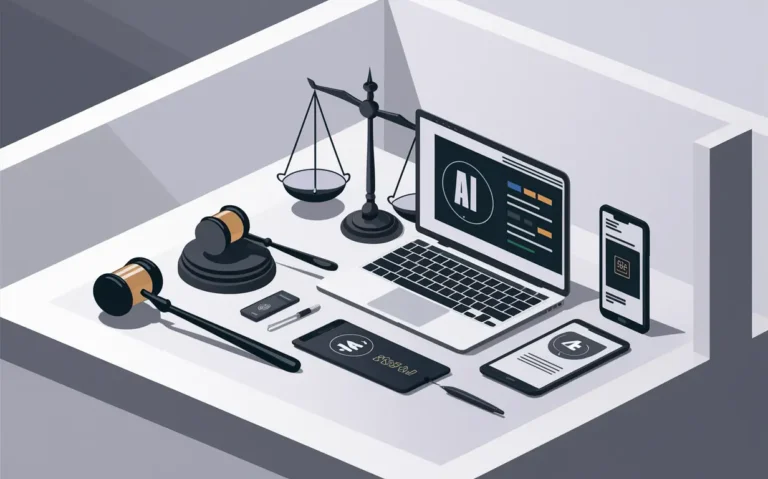San Francisco, CA – May 14, 2024 – OpenAI has introduced GPT-4o, a new flagship model set to transform the AI landscape.
Known as “Omni,” GPT-4o integrates text, vision, and audio capabilities seamlessly, offering a significant upgrade over previous models.
This new language model is designed to enhance human-computer interaction by integrating text, audio, and image inputs into a single, seamless neural network.
Key features of GPT-4o
1) Multimodal capabilities
GPT-4o processes and generates text, audio, video, and images at the same time. This integration reduces delays and improves user experience by providing real-time, coherent responses across different input types.
2) Enhanced accessibility
GPT-4o is now available to all ChatGPT users, both free and paid. Users can access features that were previously only for premium subscribers. Free users can now:
- Experience GPT-4-level intelligence
- Access to Custom GPTs
- Analyze images and documents
- Browse with Bing
- Usage of Memory
- Engage in advanced data analysis
3) Improved user interaction
One of GPT-4o’s standout features is its ability to understand and respond to voice inputs naturally.
This makes conversations with the AI feel more fluid and less robotic. The model can also interpret emotions in the user’s voice, providing a more empathetic interaction.
4) Desktop integration
OpenAI has launched a new desktop app for macOS, with a Windows version coming later this year.
The app includes features like voice chat and screen sharing, making it easier to integrate AI assistance into daily tasks.
5) Real-time translation and multilingual support
GPT-4o supports over 50 languages, making it a powerful tool for real-time translation and global communication.
Users can take a picture of a menu in a foreign language and have GPT-4o translate and explain the dishes instantly.
Implications for users
1) Enhanced productivity
With the ability to handle advanced data analysis, image recognition, and voice interaction all in one model, users can streamline their tasks more efficiently.
This means translating documents, analyzing data, or brainstorming ideas can all be done in real time.
2) Greater accessibility
Making GPT-4o available to all users ensures that cutting-edge AI technology is accessible to a wider audience.
This move could democratize the use of AI in various fields, from education to business.
3) Future developments
OpenAI plans to keep expanding the capabilities of GPT-4o.
Upcoming features include more natural voice conversations and real-time video interactions, which will further enhance the model’s utility and user experience.
Conclusion
OpenAI’s GPT-4o is a significant leap forward in AI technology. Its multimodal capabilities, improved accessibility, and enhanced user interaction set a new standard for AI models.
As GPT-4o continues to evolve, it is poised to become an essential tool for users worldwide, transforming the way we interact with technology.











